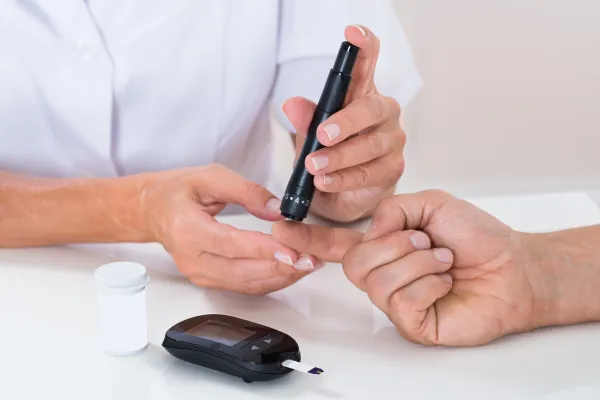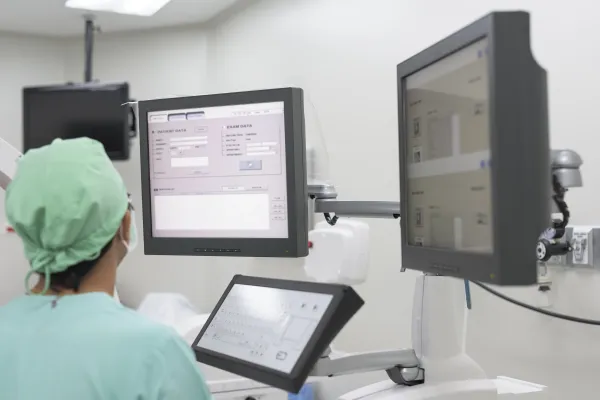Radiology Coding Alert
Compliance:
Stay on Top of LDCT Cancer Screening Criteria With This Comprehensive Guide
Published on Mon Aug 13, 2018

You’ve reached your limit of free articles. Already a subscriber? Log in.
Not a subscriber? Subscribe today to continue reading this article. Plus, you’ll get:
- Simple explanations of current healthcare regulations and payer programs
- Real-world reporting scenarios solved by our expert coders
- Industry news, such as MAC and RAC activities, the OIG Work Plan, and CERT reports
- Instant access to every article ever published in Revenue Cycle Insider
- 6 annual AAPC-approved CEUs
- The latest updates for CPT®, ICD-10-CM, HCPCS Level II, NCCI edits, modifiers, compliance, technology, practice management, and more
Related Articles
Other Articles in this issue of
Radiology Coding Alert
- CPT® Coding:
Case Studies: Know When to Combine Views, Contrast Using These Examples
In last month’s article “Decide When to Bundle, Combine Imaging Codes Using this Guide,” you [...] - Compliance:
Stay on Top of LDCT Cancer Screening Criteria With This Comprehensive Guide
Make sure patients meet all required criteria to avoid any unnecessary denials. Making sure you’ve [...] - ICD-10 Coding:
Bust these 4 Common Myths on Heart Failure Diagnosis Coding
Combine your knowledge of anatomy, Dx coding to avoid these pitfalls. The sheer number of [...] - You Be the Coder:
Differentiate Between Fluoro-Guided, Radiographic Myelography Codes
Question: A patient had a fluoroscopic-guided lumbosacral myelogram. In the report, it documents the fluoroscopic [...] - Reader Question:
Use Additional B Code for Peritonsillar Abscess due to Strep Throat
Question: How do I code a patient with strep throat, tonsillitis, and a peritonsillar abscess [...] - Reader Question:
Use M43 Code Set to Report Congenital Spinal Fusion
Question: I’ve come across a report that states that the L5-S1 spine has fused together. [...] - Reader Question:
Use ICD-10-CM Guidelines for Mono/Hemiplegia Without Dominance Designation
Question: Should I code a patient with monoplegia of the left arm as G83.22 or [...]
View All




